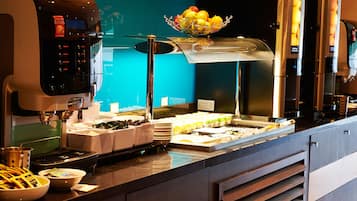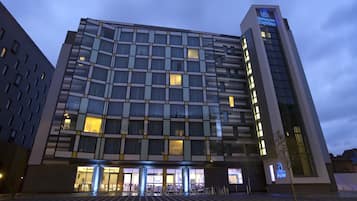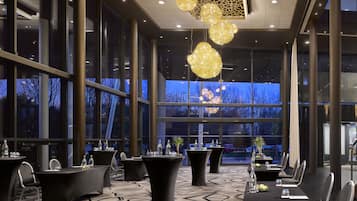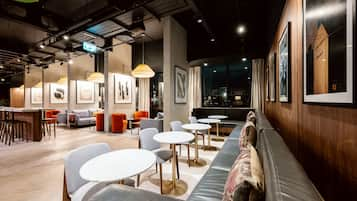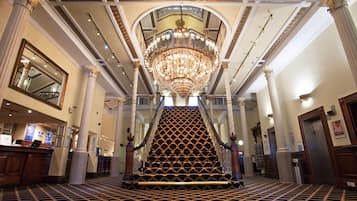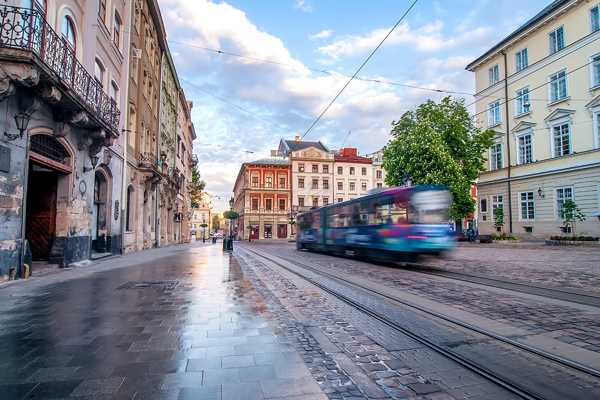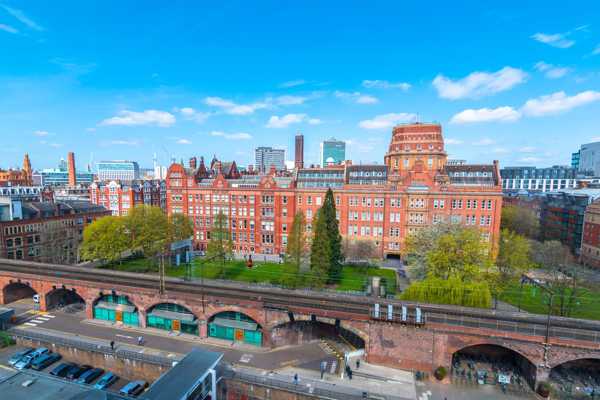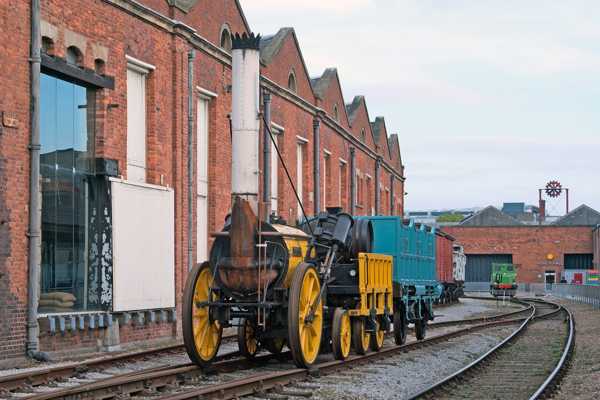Chinatown is a large ethnic area in Manchester city centre that offers numerous shops, restaurants and events centred around Chinese and Asian people and culture. This area was the birthplace of Chinese influence in Manchester, being home to the first Chinese restaurant in the city. You'll find much more than just Chinese restaurants in the modern Chinatown, however, as it also features a significant Vietnamese, Thai, Japanese, Nepali, Malaysian and Singaporean influence.
Whether you're into dining, shopping or sightseeing, you'll find plenty to do in Chinatown. Kids and adults alike can enjoy the local cuisine and the unique bakeries, shops and supermarkets offering goods you can't find anywhere else in Manchester. One can easily spend all day in Chinatown, but it takes a good 2 or 3 hours to really see the best it has to offer, including time to sit down and eat as well as shop.
Chinatown in Manchester - one of the highlights of 12 Best Things to Do in Manchester and 15 Instagrammable Places in Manchester (Read all about Manchester here)
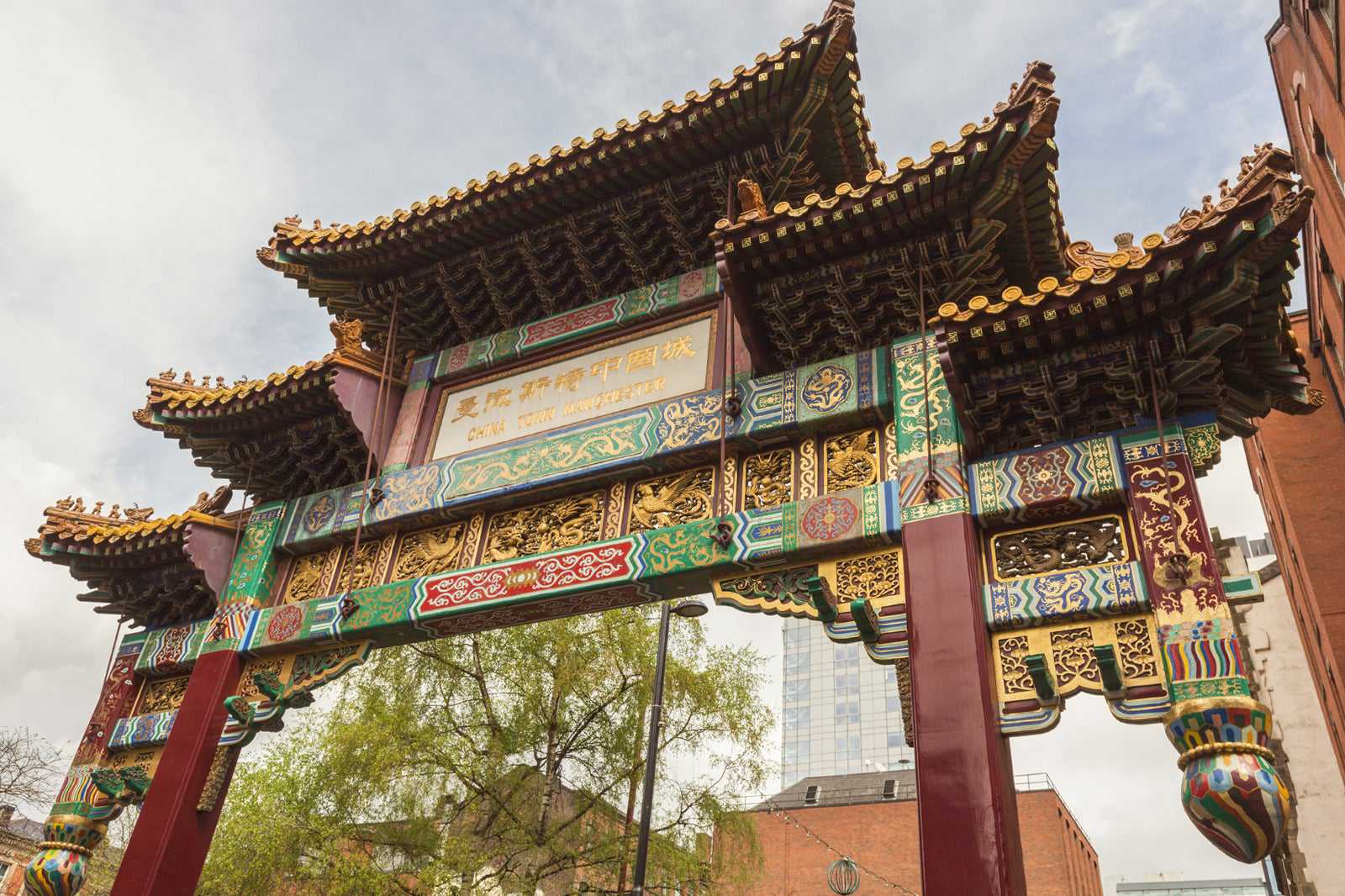
Chinatown highlights
One of the most iconic parts of Chinatown is the paifang, a traditional Chinese archway, on Faulkner Street. The paifang was built in China then shipped to Manchester in 3 containers from which it was assembled and erected. It was built as part of the celebration of Manchester becoming twinned with the city of Wuhan in China. The sign is adorned with intricate phoenixes and dragons.
The local Chinese restaurants are particularly impressive, as there are more than 100 to choose from, with most being known for offering authentic flavour and affordability in equal measure. Yang Sing Restaurant stands out among the best with a famous dim sum that can make you feel as if you're dining in the streets of Shanghai. While they use authentic recipes and ingredients, their flavours have been slightly tweaked towards the Western palate, being slightly sweeter and replacing chilli with a black-bean sauce.
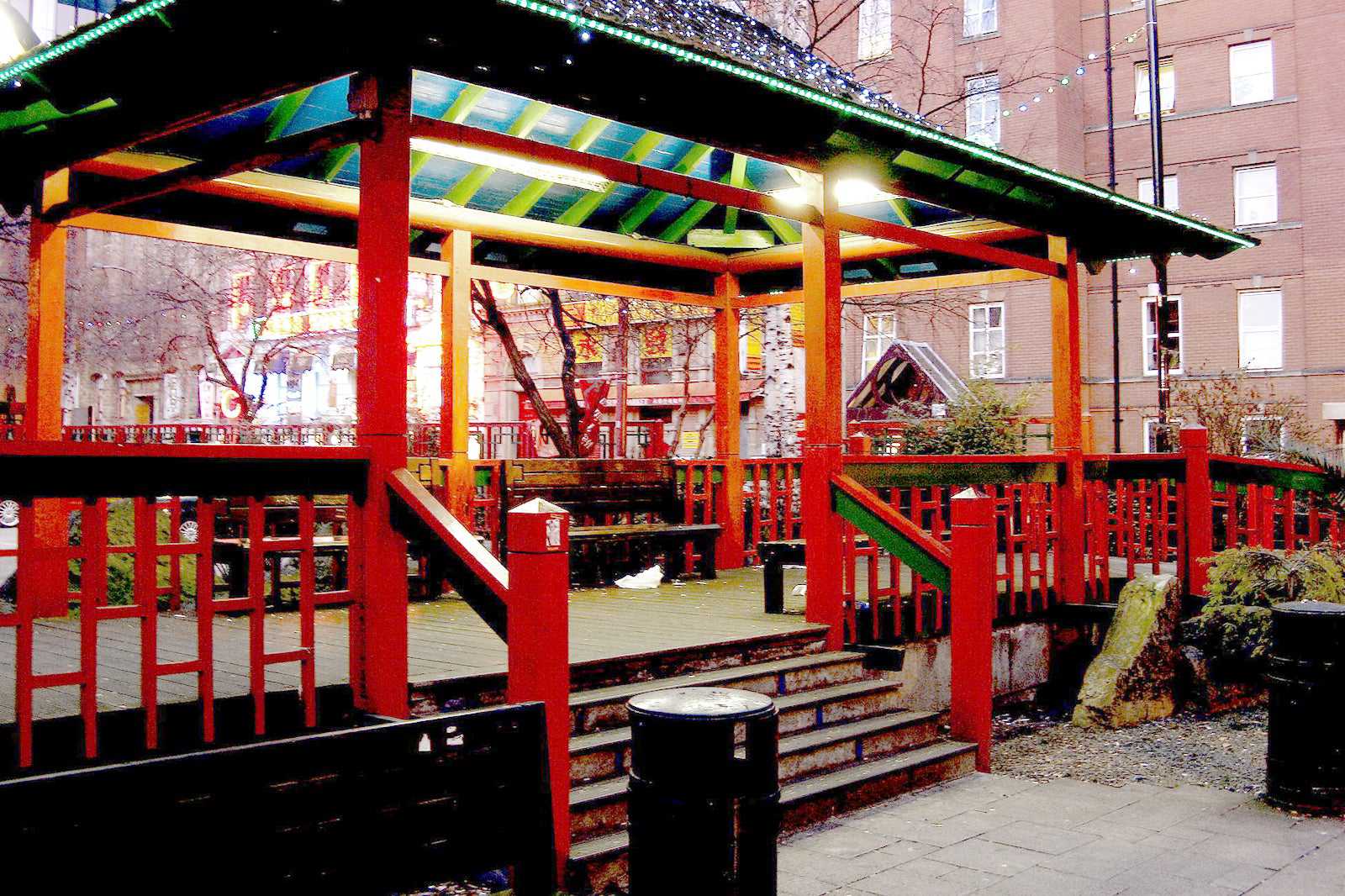
사진 제공: Suvodeb Banerjee (CC BY 2.0) 수정됨
Chinatown history
Chinatown in Manchester dates back to the early 20th century when the first migrants came, but it didn't really expand until after World War II. Because of the labour shortages following the war, the British government made immigration easier, which brought an influx of Chinese migrants. Plus, the rapidly expanding urban sprawl of the rapidly developing Hong Kong at the time pushed many residents to move to Manchester.
The neighbourhood really started to expand on the backs of restaurants starting with Ping Hong, the first Chinese restaurant in the city. Eventually, other Chinese-run businesses began to emerge, like supermarkets and medicine shops followed by legal and financial services. Cultural institutions like the Chinese Arts Centre eventually opened, and the Bank of East Asia has since established its Manchester branch within Chinatown. In the decades since its establishment, Manchester's Chinatown has become one of the largest in all of Europe.

사진 제공: Pedro Krtička (CC BY 3.0) 수정됨
Good to know when visiting Chinatown
While there's always fun to be had in Chinatown, visiting during February is one of the best times to stop by. That's when Chinatown holds its Chinese New Year celebrations, which attract thousands of onlookers thanks to the impressive parades, art exhibitions and acrobatic shows. Getting to Chinatown is fairly easy as well. The bus will take you straight there, or you can walk the short distance from Manchester Piccadilly station.
Given the location, you'll also find yourself close to several other attractions in the area. A few hundred feet to the northeast, you'll find Piccadilly Gardens. The Central Retail District is due north of Chinatown, with a selection of standard and quirky malls if you're longing for a spot of shopping. Additionally, you can head southeast for a few blocks to reach the canal and the Alan Turing Memorial on the other side of it.
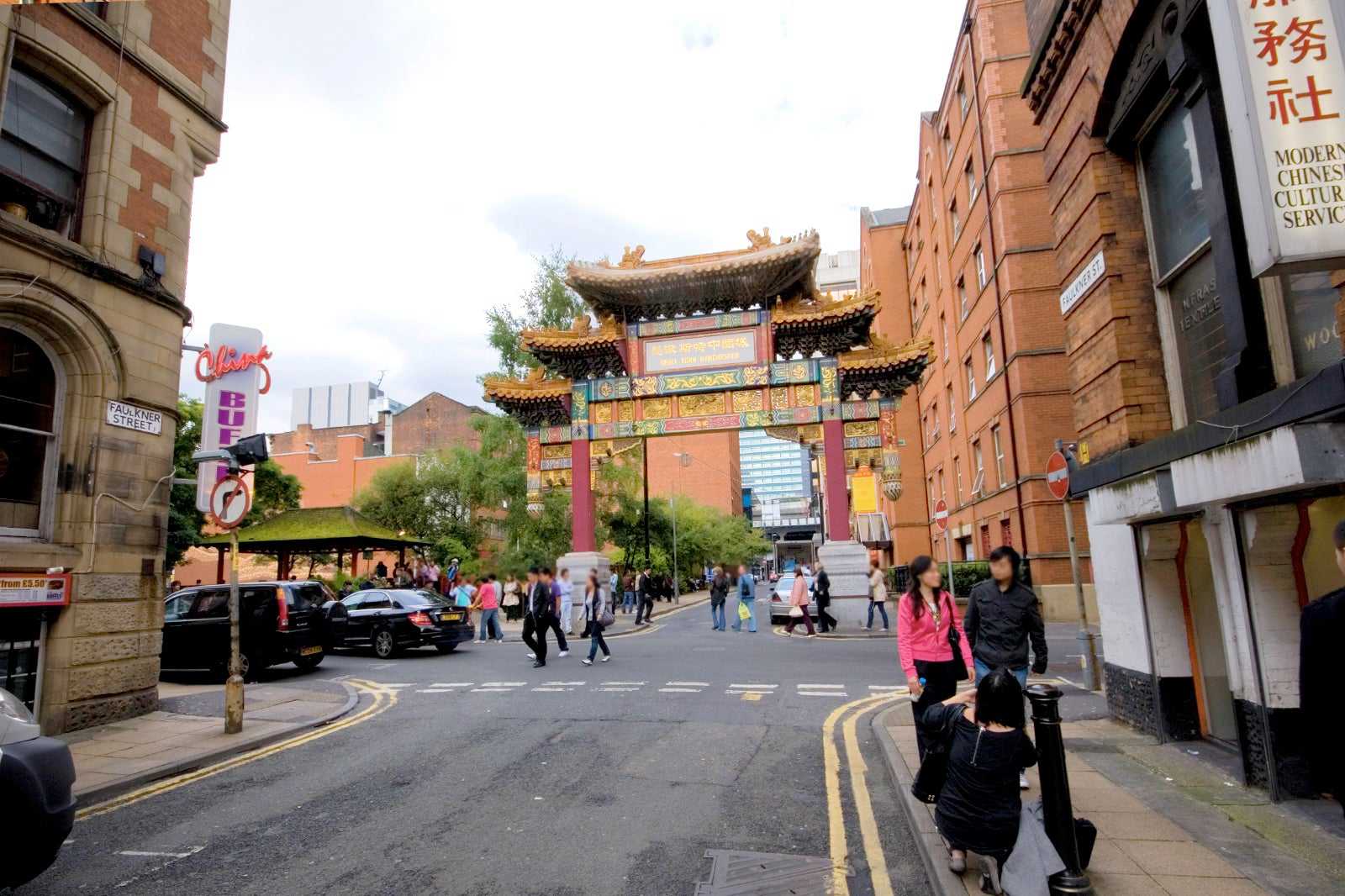
사진 제공: Parrot of Doom (CC BY-SA 3.0) 수정됨
Chinatown in Manchester
운영 시간: 24/7

